The importance of the basic shipping container is not understood or recognized by the majority of people.
The term “break-bulk shipping” refers to the handloading of products into sacks, barrels, and wooden creations that were then put directly aboard cargo ships before the invention of shipping containers. Each ship might take up to three weeks to empty and reload.
The loading and unloading of ships used to be an extremely labor-intensive and time-consuming process prior to the invention of modern-day shipping containers in the mid-20th century.
Various sized and shaped barrels, sacks, and wooden boxes were used to transport commodities to and from the port, where they were put onto docks and then transferred to ships preparing to embark on their ocean voyage.
Furthermore, the things carried back then were raw materials and non-perishable items that could withstand lengthy voyages at sea and did not need the use of special containers – such as the reefer containers that are used today to keep foodstuffs fresh – as we do now.
Because of the invention of the shipping container, today’s gigantic container ships can be emptied and reloaded in under 24 hours.
Various kinds of shipping containers are accessible to you, and each one has its own advantages. These shipping containers are likely to be expensive, regardless of whether you purchase or lease them.
In addition, you’ll want to make certain that you get a shipping container that is appropriate for the sort of company you’re planning to startup.
In this post, we’ll look at the history of shipping containers, the importance of shipping containers in the commercial world, and some interesting facts about shipping containers.
History of Shipping Containers
Ancient transactions
Since the beginning of the business, humans have transported products across vast distances in boxes, bags, barrels, and other containers of all sizes.
In Egypt about 1600 B.C., Phoenicians used camel-drawn caravans to transport timber, cloth, and glass to Arabia.
Additionally, the Greeks continued to carry wine, olive oil, and grain across the Mediterranean and adjoining seas using ancient storage vessels known as amphorae.
Because containers existed in a variety of sizes, the process of loading and unloading as products were transported from one mode of transportation to another remained time-consuming, labor-intensive, and expensive.
Often, shipping containers had to be unpacked and resealed into a boxcar before they could be transported to a smaller rail car.
Space aboard a ship could not be adequately used, and it also posed weight and balance issues for the vessel because of the variety of sizes of goods.
As a result, items were at greater risk of being damaged or stolen since they had been exposed to harsh weather conditions.
1950
Malcolm P. McLean, a North Carolina-based trucking firm entrepreneur, purchased a steamship company in 1955 so that he could export full truck trailers with their goods still inside.
It was McLean’s belief that loading the truck trailers and containers directly onto the steamer would save a great deal of time and money.
There was a lot of damage done when unloading and reloading, so he thought it would also be good for the items themselves to have a better system.
A retrofitted oil tanker dubbed “SS Ideal X” transported 58 containers from Newark to Houston on April 26, 1956, and this was the first step toward carrying containers as we know them today.
Trucks couldn’t be piled on top of one other, however, because of the weight of the shipping containers on the back of the truck trailers.
Finally, after a long period of experimentation, McLean developed the notion of manufacturing vehicles in two sections. You might pull it up onto a ship or rail or vehicle for onward transportation by detaching the top portion (the container).
‘Intermodalism’ was the goal of McLean’s method. This approach eliminates the need to move items from one shipping container to another by employing ships, trucks, and trains to convey the container.
It wasn’t until later that these containers were recognized as ‘intermodal containers. Gantry cranes could easily take them off one ship and place them on another.
Intermodal shipping containers now account for more than 60% of all maritime freight.
The 1960s-1970s
The first international journey for McLean’s firm Sea-Land Service, Inc. occurred on May 6, 1966, when a container ship moved 236 containers from Port Elizabeth, United States, to Rotterdam, Netherlands.
McLean, on the other hand, had difficulty with Europe’s container sizes and road widths.
For the containers, it was incredibly difficult to go through these tight passageways because of their narrowness.
The 35-foot ASA containers were built to American specifications.
A container shipment to South Vietnam was initiated by Sea-Land Service, Inc. in the late 1960s, and McLean insisted on standardizing shipping containers in order to decrease labor and time.
Modern shipping containers were used by all shipping lines by the mid-1970s.
Shipping containers were then constructed in conventional sizes of 10, 20, 30, and 40 feet in length and 8 or 8.6-foot heights, after the adoption of the ISO standard later on.
The width of 2.50 m for inland containers was also introduced to the ISO standard since European roadways were smaller than American ones.
ISO Containers are steel modules constructed in line with ISO production criteria (ISO/TC 104/SC 1) and in conformity with International Maritime Organization regulations (IMO).
Larger containers are now needed to meet the ever-increasing needs of numerous industries, and this has led to the development of “jumbo” containers, which are 48 feet long but do not meet the ISO standard.
Mega cargo ships are capable of carrying more than 20,000 containers on a single voyage, while today’s shipping containers are capable of handling more than 16,000 containers.
Ships continue to grow bigger
Because of the standardization of container sizes, the size of ships has also grown. Shippers may make money by loading as many containers as possible onto a ship.
A container ship’s size has more than quadrupled in the last two decades alone. Today’s biggest ships can transport 24,000 containers, which is the equivalent of a 44-mile freight train carrying the same amount of cargo.
To put it another way, if you’re in the mood for baked beans, a ship called the Globe with a cargo capacity of 19,100 20-foot containers could transport 156 million pairs of shoes, 300 million tablets, or 900 million cans of beans.
The 20,000-container Ever Given, which halted Suez Canal traffic for about a week in March 2021, has a comparable carrying capacity.
When it comes to the cost of shipping a 20-foot container with more than 20 tons of merchandise from Asia to Europe, the usual pre-pandemic price was roughly the same as an economy plane ticket.
Container ships are being built at an increasing rate by shipyards, and this trend does not seem to be slowing down any time soon.
By 2030, ships with payloads half as huge as the Ever Given’s are expected to start traversing the open seas, according to some analysts.
To put it another way, shipping containers are more in demand than ever before.
Commercial Applications of Shipping Containers
Houses for Shipping Containers
Who would want to live in a frigid steel container? The architectural wonders that have been produced using these steel “lego”-like construction pieces would astound you.
These rectangular shells of inspiration have a natural appearance that lends themselves to current industrial design, and it seems that both pros and amateur designers like the task of creating something unique from them.
Retail Stores made from Shipping Containers
Shipping containers, which make excellent billboards for shop branding, are quite popular in the retail industry. Pop-up retail is unquestionably a driving factor behind the fast adoption of this technology.
Furthermore, although not necessarily less expensive, shipping containers allow for a more expedited construction process, which is very beneficial to a new or emerging firm.
And don’t forget about the free attention they nearly always get from local newspapers that like praising the trailblazers who venture into this great use of reusable and sustainable construction materials to construct structures.
Restaurants Shipping Containers
Interested in igniting the flames of your company’s brand? Around the globe, these “cargotecture” construction components are readily transformed into elements of the hotel industry.
Because of the nature of their presentation, which is practical “out of place,” they immediately become the focal point of discussion in the towns where they arrive.
These structures, which are considered to be both cost and time-efficient, do not go overlooked. If you like being bold, trendy, and cutting edge, this is the place for you.
Shipment container constructions create a great impression in any location where they are built.
Student Accommodations Shipping Containers
When it comes to student accommodation, shipping containers are particularly useful in areas where there is a scarcity of available space and a chronic shortage of available space.
Shipping containers may be a cost-effective choice that is also simple to construct, with the ability to stack for numerous floors and a short installation time.
Construction Companies
Construction may be the industry that depends the most on shipping containers to conduct its day-to-day operations, and this may be the case. Shipping containers are used by the majority of construction businesses and contractors to set up shop on building sites.
Their equipment and supplies may be stored here, as well as a shelter for the length of the building job, which can last many years at a time if the weather is bad enough.
Shipping containers for building sites are typically available in two sizes: 20 feet and 40 feet. The fact that they are weather-proof and composed of high-grade steel with modern locking mechanisms effectively preserves their materials while they are not in use is a plus.
Pop-up stores
“Pop-up” stores for bigger merchants or seasonal businesses are becoming more common as a marketing strategy. In many ways, they serve as extensions of conventional “brick-and-mortar” businesses. They have the ability to serve a different area or a greater clientele than the original shop’s initial location.
The use of temporary pop-up stores is particularly beneficial for seasonal company demands, such as businesses that are only open for a few months out of the year. You can decide to start a company selling things that are in great demand during a certain season, such as fireworks or holiday decorations.
Christmas trees or holiday decorations, as well as firewood, are available. The advantage of doing business with a shipping container store is that they are completely temporary and transportable.
They may practically be located anywhere as long as the store complies with all the municipal regulations and codes.
Gallery of Fine Arts
It is critical for artists to be able to exhibit their work in a professional setting. In most cases, however, artists lack the financial resources to pay for a leased space on an ongoing or month-to-month basis.
Artistic freedom is provided by shipping containers, which allow artists to utilize their space for a certain amount of time or for as long as they like.
Most shipping container providers provide a month-to-month renting option, which is quite convenient.
Consequently, if you have an art exhibit that you want to display for a particular period of time, this is the ideal solution. Depending on your requirements, your provider may collaborate with you to transport the container and remove it from the site.
Mobile Porta-Pottie (Shipping Container)
Portable toilets may be housed in shipping containers, which are an excellent option. Outdoor event venues are well-known for providing their attendees with some type of outdoor toilet, and a shipping container can be simply dropped down at almost any site.
They are far larger and cleaner than a standard porta-potty, and you may customize them to include the essential amenities of a restroom in a more up to current manner.
Library of Shipping Containers
A shipping container may be converted into a library, where books can be stored and sold in a manner that is not too costly to construct.
In reality, many people have previously looked into this innovative concept, and in March 2013, a library clinic in Batu, Indonesia, known as the “Main Library,” was officially launched. This structure has 5 shipping containers and 8 rooms, which represents the vastness of each container on the property.
Each area has a distinct color scheme and serves a different function in terms of entertainment. There are around 6,000 books available for lending in total.
Swimming Pool Shipping Containers
Using a shipping container to construct a swimming pool for your house, hotel, fitness club, or other establishment is a highly cost-effective option.
These structures are fast and simple to construct due to the fact that they can be simply installed in any position and, if desired, do not need any digging or strenuous physical effort.
If you opt to go with a classic subterranean pool, the process is as simple as excavating a hole and filling it with insulating foam and swimming pool liners (no cementing).
The containers are also deep and long, which makes for a fantastic pool, and other elements like ladders, pool warmers, and underwater lighting may be installed to complete the pool experience.
Furthermore, if you decide to relocate, all you have to do is drain and transport it to your new location!
Hospital/Medical Facility Housed in a Shipping Container
Hospitals have increasingly embraced the idea of using shipping containers to house their equipment and supplies in order to keep costs down while meeting their demands.
They are particularly beneficial in underdeveloped nations, where the low costs are incredibly handy, especially given the fact that hospitals are required almost everywhere.
The short construction period also has the benefit of allowing them to save money by having their firm up and running as soon as possible when the project is completed.
How Shipping Containers Help Ease Pandemic?
Businesses and institutions have resumed operations, but COVID-19 continues to be a major source of worry.
Testing facilities that are conveniently accessible are required to safeguard employees and prevent the spread of coronavirus, which is particularly important in heavily populated metropolitan areas.
A novel design approach based on shipping containers has been developed, which makes testing both safe and simple.
Osang Healthcare, a global distributor of medical-grade diagnostic tests and equipment, has built an on-site coronavirus testing laboratory, which was made feasible by the modification of a shipping container on the company’s premises.
D-Tec is the name of the testing facility that they have established. Built for use in places such as educational institutions and workplaces where testing a big number of individuals demands speed and efficiency, these devices provide frequent on-site testing with quick results.
Because of the flexibility and adaptability of shipping containers, these testing facilities can be quickly and easily put up and transferred as needed.
The size of the testing facility may be customized based on the anticipated volume and the number of screening windows that will be required. Twenty-foot single-trip containers may be designed to produce a safe atmosphere and an extremely robust structure that can be trusted and depended upon.
The availability of readily accessible shipping containers for purchase has enabled the rapid implementation of this concept.
How To Choose Between 20ft Shipping Containers Vs. 40Ft Containers?
There are various container lengths that are in use, but if you want to be certain that your items can be sent abroad without difficulty, you will want to utilize either a 20-foot container or a 40-foot container as a minimum.
The issue then becomes, which of these two options will be the most appropriate for your requirements.
If you’re thinking about buying or renting a shipping container, there are various considerations to consider before making your final selection. The first is the reason for your interest in shipping containers in the first place.
However, while the majority of individuals would simply utilize their shipping containers for transit and shipment, in rare situations they will be used as temporary workplaces or even as bespoke container dwellings.
Old shipping containers have been repurposed into residences by certain architects. If that is your goal, your decision between a 20-foot shipping container and a 40-foot shipping container will be determined by the size of the dwelling unit you need.
However, you will most likely be utilizing them for shipping reasons in the majority of circumstances. For example, a 20-foot container should be adequate for shipping a vehicle.
Another element to consider when deciding whether you need a 20-foot shipping container or a 40-foot shipping container is the cost of the container.
If you are shipping on a tight budget, you are undoubtedly well aware of the fact that it makes more sense to obtain the most value for your money possible.
The optimal value will then be determined by how much you have to transport, how far these goods have to travel, and how sensitive these products are to temperature changes.
Shipping containers are designed to endure a wide range of environmental conditions and are suited for transporting goods by land or water. Although the bigger ones will have a greater price tag connected to them owing to the size difference, the smaller ones will be less expensive.
Because there are only a limited number of them that can fit aboard a transport vessel, they are a more expensive commodity.
For bigger shipments of valuable material, it would absolutely make sense to spend a little extra and pack everything into a 40-foot shipping container, which has the advantage of being able to put everything into a smaller space.
In contrast, if you are working with a tight budget and believe that you can fit all of your stuff into one of the 20-foot containers instead, doing so makes more sense.
Remember to bundle them properly so that they are adequately protected from damage.
Facts About Shipping Containers
Tracking by Hand
Unit numbers are provided to each commercial shipping container in order to distinguish them from one another. There are four digits in this number: the first three represent the owner, and the fourth represents the category, which is normally a ‘U’ to indicate that the container is a “unit freight container.”
This prefix is followed by a 6-digit serial number and a check digit, which is derived using a mathematical algorithm, respectively.
Because of this identifying tag, you can keep track of the container’s whereabouts as it makes its way across the globe.
Many are lost at the sea
Every year, ships suffer container losses at sea, whether as a result of adverse weather or ship mishaps. Experts estimate that between 2,000 and 10,000 people die each year.
There are many unchecked containers
It should come as no surprise that shipping containers are not always examined thoroughly when such large quantities are being moved around every day. In reality, it is believed that just 2 percent to 10 percent of all containers are ever examined!
Not Only for Shipping Purposes
Once serving their function, shipping containers are so long-lasting that it makes no sense to throw them away after they have completed their journey. It’s possible that’s why old shipping containers are being utilized as swimming pools, stores, disaster relief clinics, temporary schools, and even a whole city.
Enormous Production in China
China is responsible for the production of around 97%of all shipping containers. China has a good approach to utilizing shipping containers safely throughout the world.
The volume of Container Per Year
In a single year, a single big container ship may transport more than 200,000 container loads of cargo. Individual boats are different in terms of their sizes and carrying capabilities.
Anywhere at one moment, several container ships can transport up to 8,000 containers of completed commodities and finished products. Some vehicle carrier ships have the capacity to transport up to 7,600 automobiles at a time.
To convey products that can fit on a single huge ship, it takes hundreds of freight aircraft, miles of wagons, and a fleet of vehicles to complete the journey.
Huge in Business
Ships transport 95% of all freight throughout the globe. As a result of the greater prices, it is still more cost-effective to carry commodities in large quantities by ship.
Ships Fall
Shipping containers have been known to fall off ships on occasion, however, this is quite unusual. The majority of the time, this occurs when a natural occurrence such as a storm occurs at sea.
In a study conducted by the World Shipping Council, it was discovered that an average of 568 containers per year were lost at sea between 2008 and 2016.
Cold Goods
Reefer containers are used to transport temperature-sensitive commodities. These are vacuum-sealed containers that are capable of withstanding high temperatures. One intriguing feature about reefer containers is that, since they are not refrigerators, they do not produce cold air.
Instead, they are very effective at maintaining a steady temperature and circulating the cold air around the room.
Durability
Shipping containers may easily endure for more than 30 years if they are properly maintained. Furthermore, 40-foot containers tend to live longer than 20-foot containers since the former are not constantly filled to their maximum capacity.
If you want to know more, click this link for more interesting facts.
Takeaways
Container ships and containers have so much to offer, and they play such an important role in our lives that we often don’t even realize it.
The subject of corrosion-resistant steel is so vast, ranging from logistics to production, that you could read many volumes on the subject and yet just scratch the surface of what is known about them.
Additionally, the ships are some of the biggest and most fascinating structures we have on the planet.
Whatever your area of interest, we hope you found the information above interesting to consider and that it has given you a better understanding of the scope and significance of shipping containers throughout the globe.

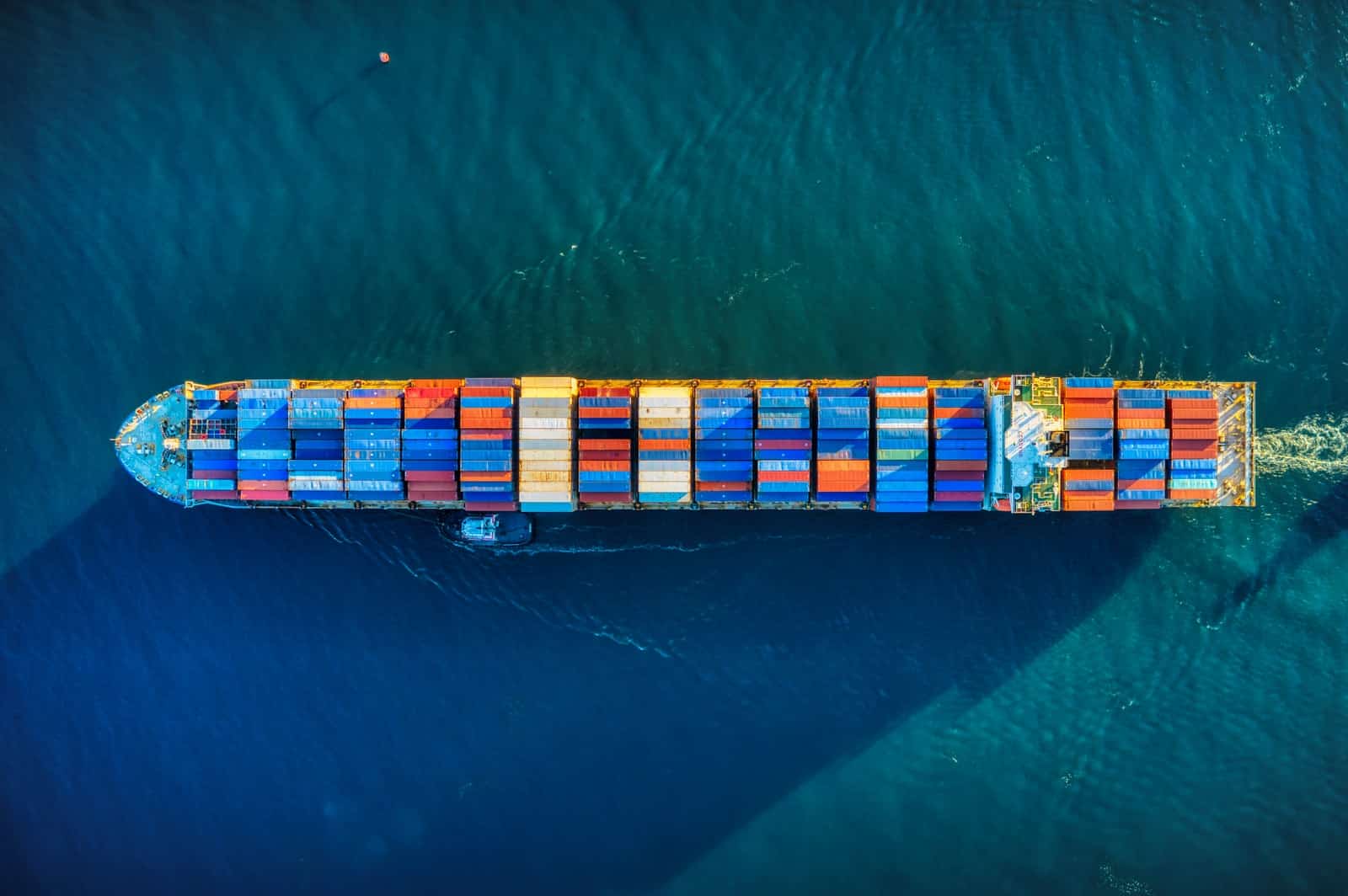
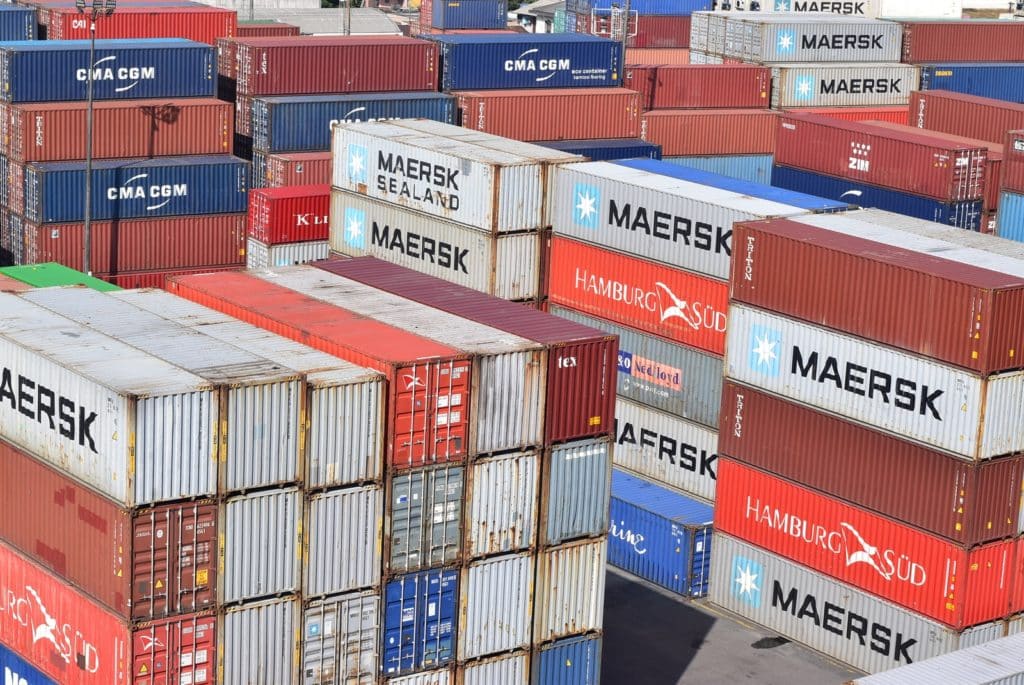
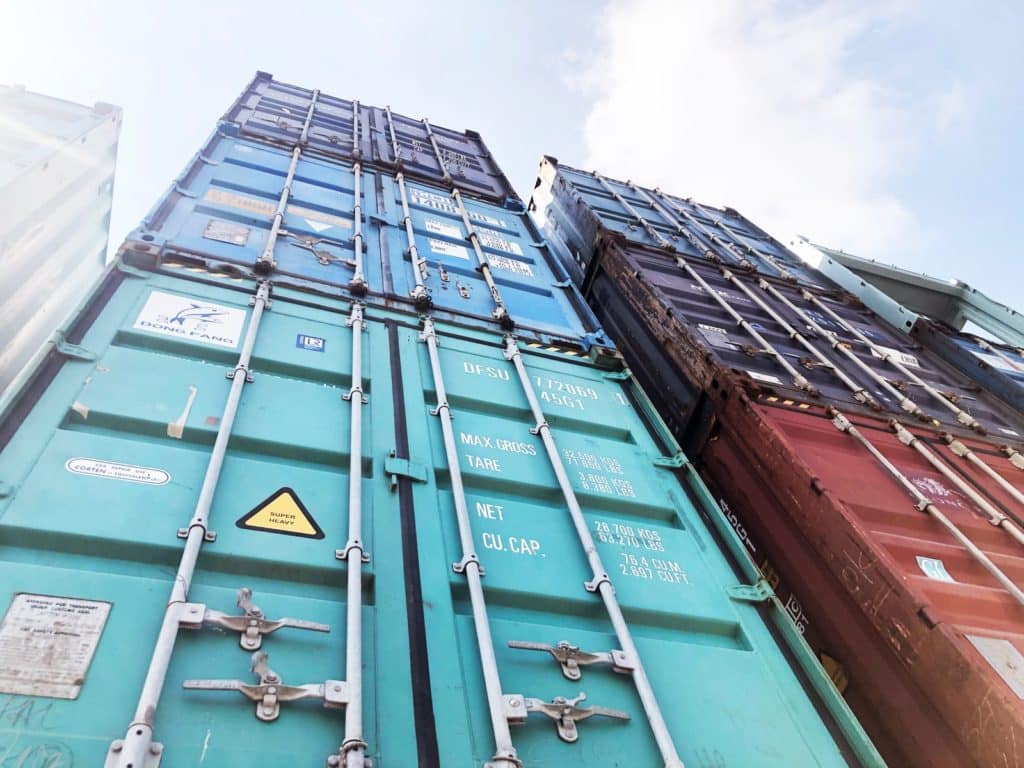
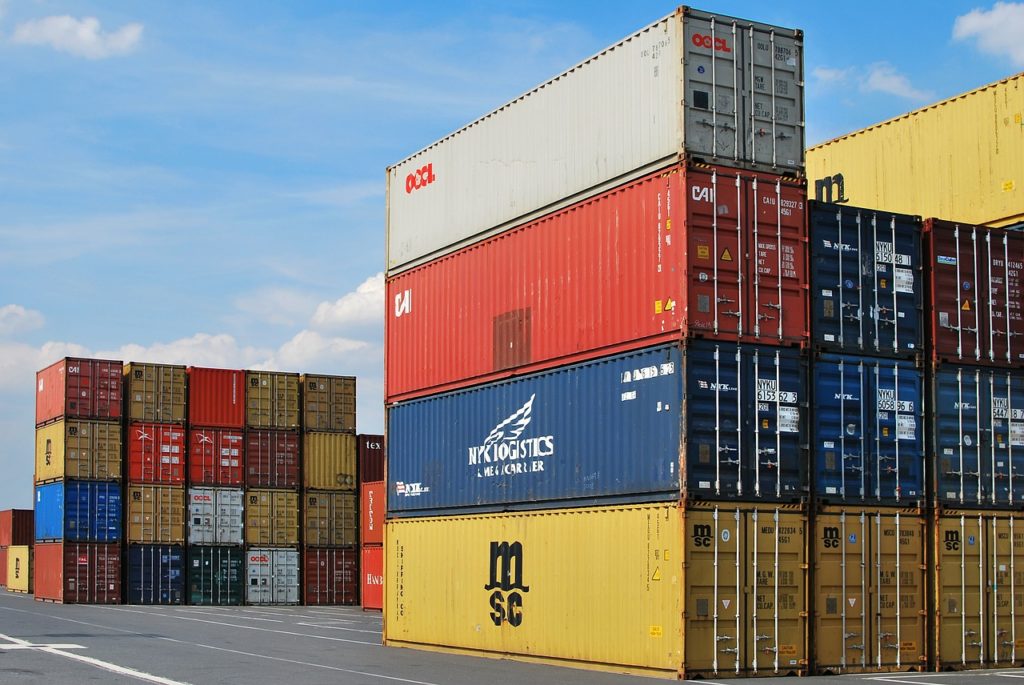
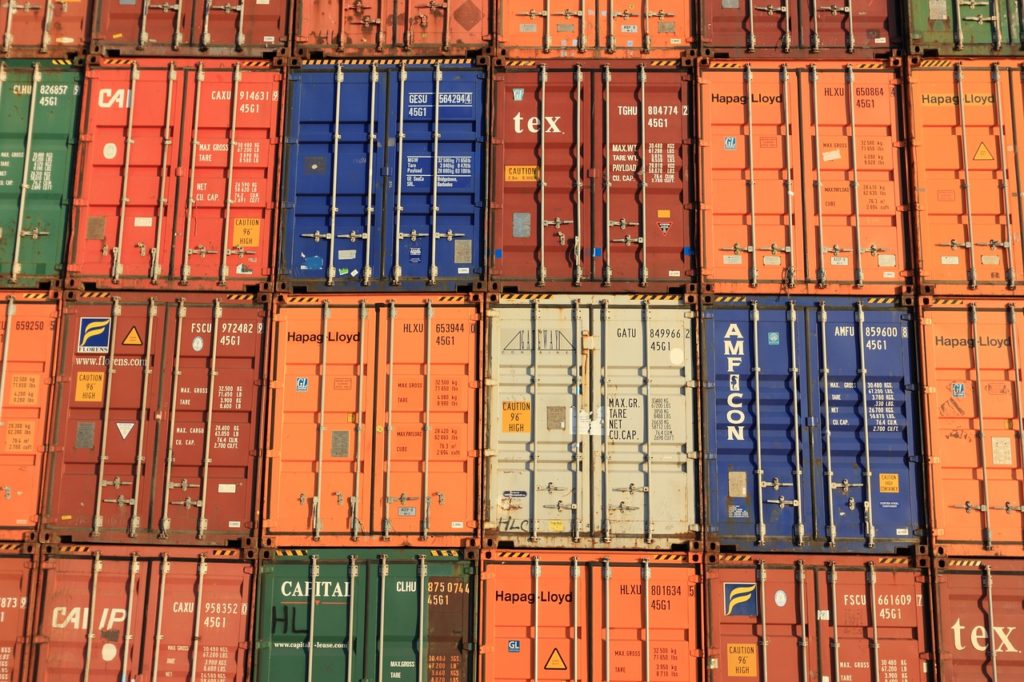
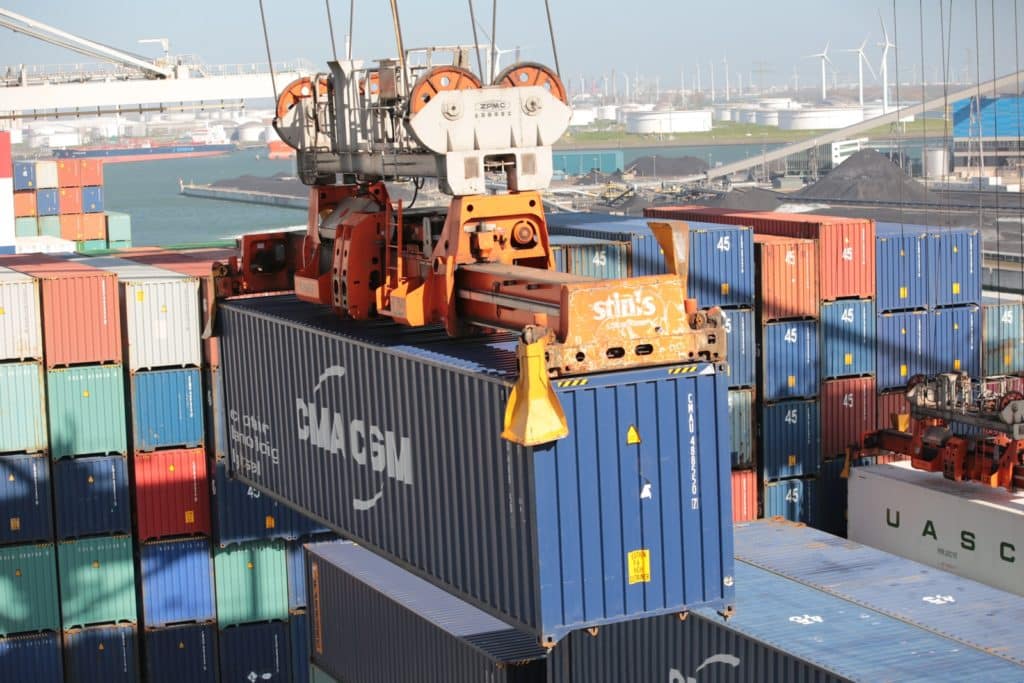




0 Comments